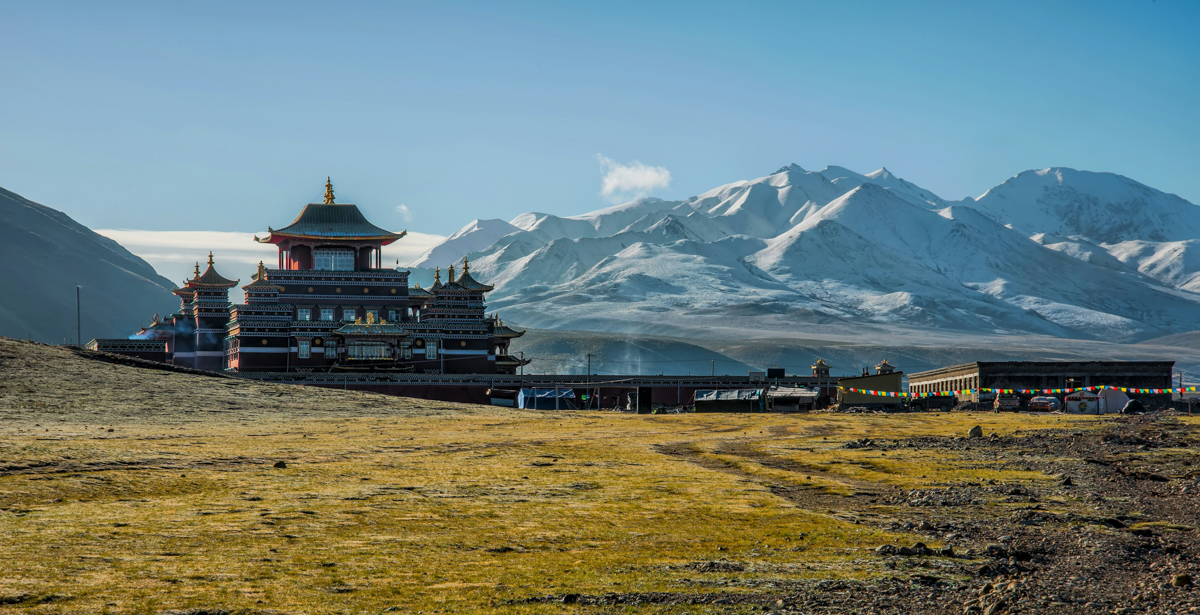Why China’s Sacred Temples and Monasteries Belong on Your Itinerary
From ancient mountain paths to silent inner courtyards, China’s spiritual spaces carry a depth that can’t be replicated elsewhere. These places are not just historical landmarks. They are part of daily life for many, holding centuries of prayer, tradition, and craftsmanship in every corner.
Here, the article explores the sacred destinations across the country that offer not just beauty but an enduring spiritual rhythm rooted in lived heritage.
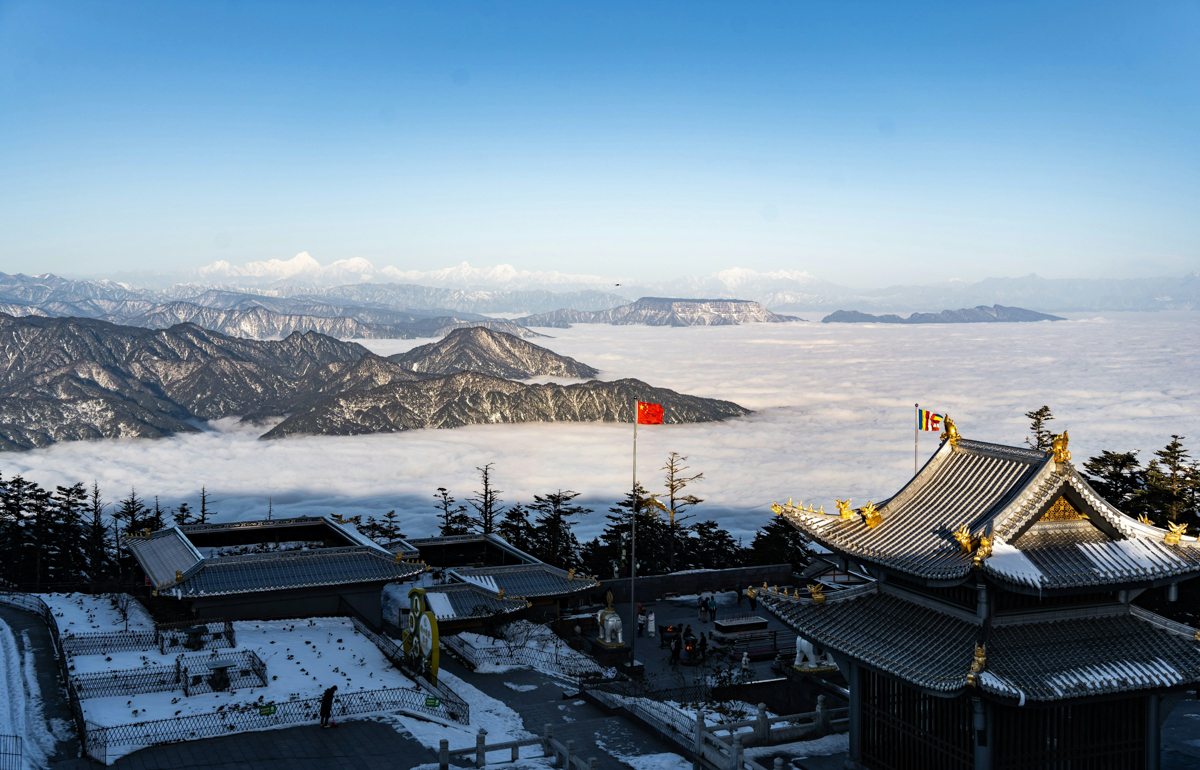
Mount Emei and the Sound of Prayer
Mount Emei remains one of the country’s oldest spiritual routes. The paths climb gradually toward temple compounds surrounded by dense forest. Early mornings bring the sound of wooden bells and chanting monks that echo across the valley.
Walking the ancient stone trails often means crossing through the fog that lifts slowly, revealing tiled rooftops and lanterns. Guest lodges within select monasteries offer overnight stays, and you can know more about them when using a China travel esim. This is not a tourist zone built for crowds. It holds its pace, shaped by time and devotion.

Labrang’s Timeless Teachings
Located in Gansu Province, Labrang Monastery continues as a major Tibetan Buddhist center. Long halls filled with prayer wheels form a loop around the central complex. Locals walk the path each day, spinning the wheels with quiet focus.
Monks in crimson robes move between teaching halls and dormitories. Chanting and debate sessions happen without ceremony for visitors. Observing requires respect, and staying informed about access rules becomes important for any traveler planning to visit.
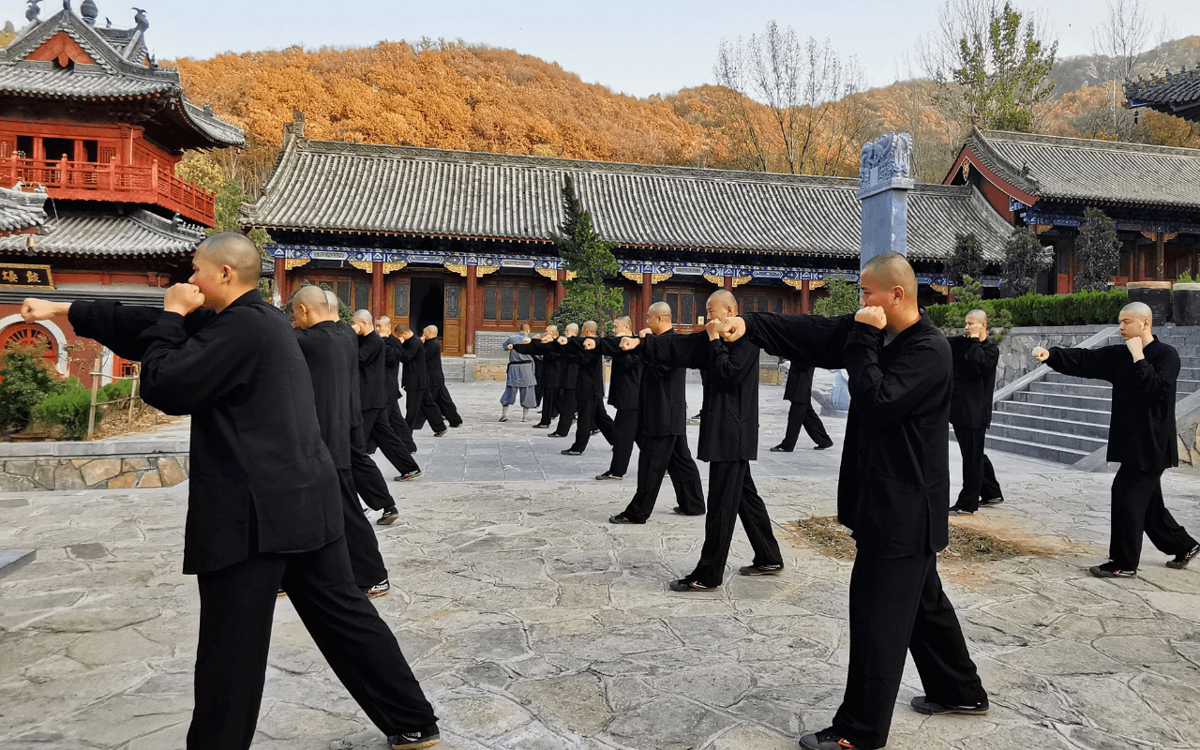
Inside the Shaolin Grounds
The Shaolin Temple in Henan is renowned for its martial arts and holds a deeper meaning beyond mere performance. Its origins are spiritual, and parts of the site still operate as a monastic training ground. Stone tablets tell stories through engraved teachings.
Off the main path, smaller halls are reserved for focused meditation, disciplined training, and quiet prayer. The rhythm of daily temple life continues quietly, shielded by walls and tradition. These sections often go unnoticed, but they speak most clearly to the temple’s original purpose. Visitors who slow down often find these quieter corners the most memorable.
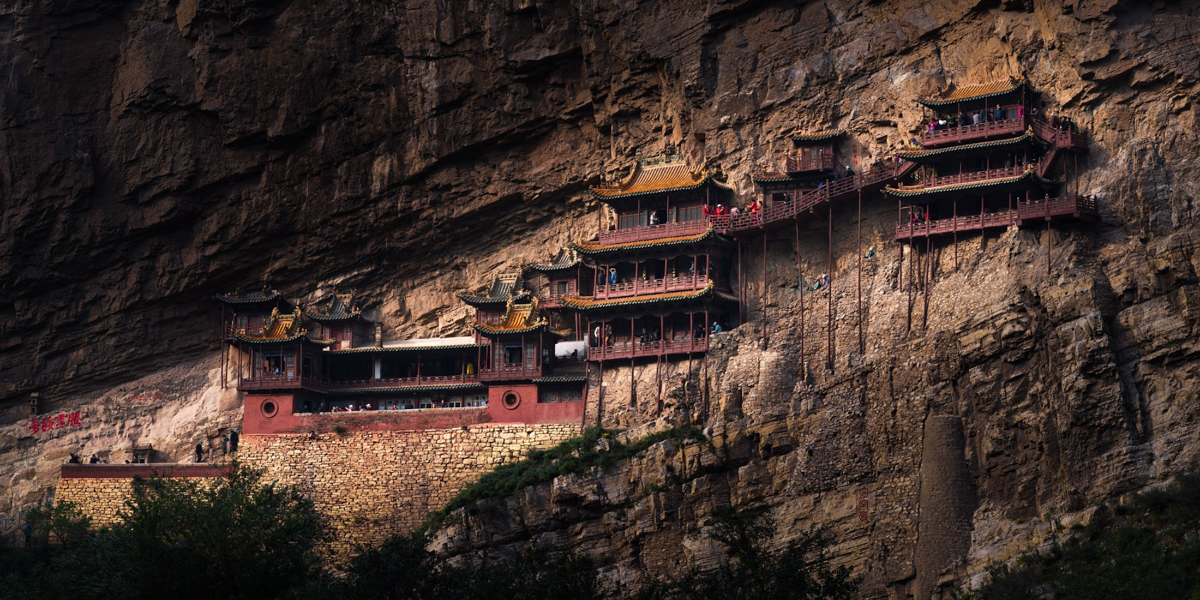
The Stillness of the Hanging Temple
Built against a cliff in Shanxi, the Hanging Temple appears to defy gravity. Narrow steps and wooden planks connect shrines that sit high above the ground. Worship traditions blend three schools of belief, making it rare in its design and practice.
Although photographed frequently, the entry remains controlled and respectful, with measures in place to preserve its delicate structure. Visitors move through designated routes that limit foot traffic in vulnerable areas. The mix of religious symbols within the halls demonstrates how different faiths have shaped shared places of reflection in the country’s history.
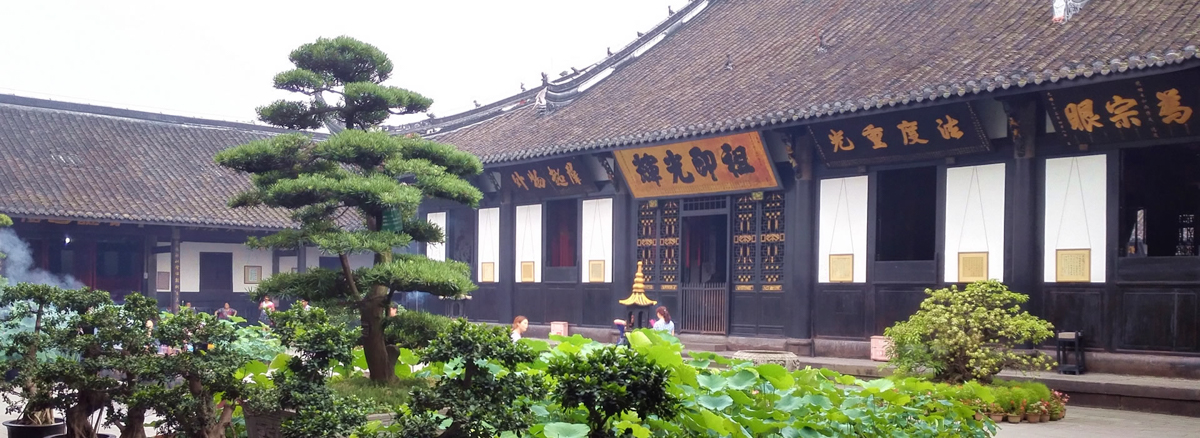
Peace Within Baoguang Temple
Baoguang Temple in Chengdu stands within a growing city but keeps its original structure and purpose. Courtyards divide the complex into small zones, each designed to contain light, sound, and movement. Stupas and relic rooms remain open to visitors, but they are protected from crowding.
Shrines within walls maintain the calm needed for ongoing rituals. Despite being within a city, Baoguang still feels like a retreat from outside life. The silence is maintained through a clear layout and strict entry timing. Those who visit often speak of the ease they feel while walking its inner paths.
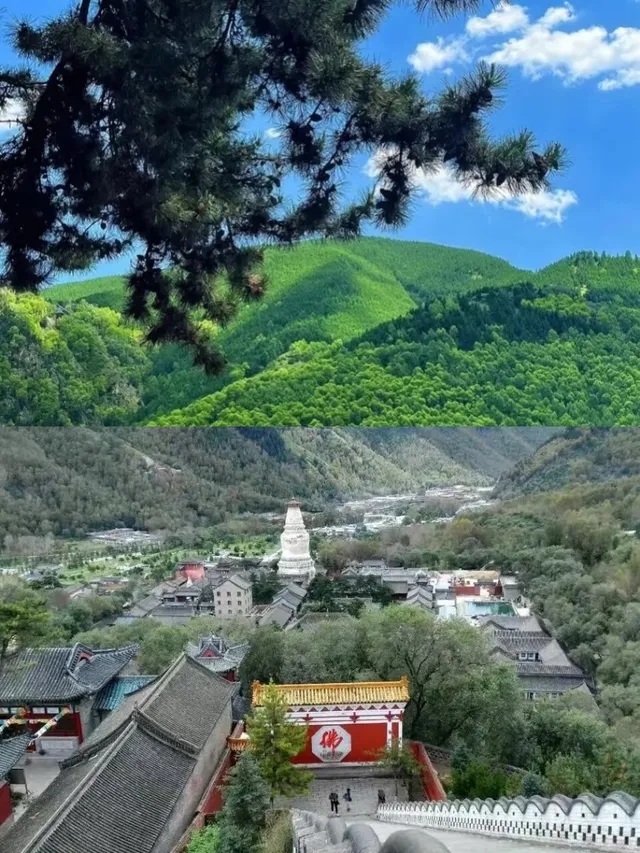
High Peaks of Wutai Shan
Wutai Shan spreads across five mountain peaks, each marked by divine halls. Travelers often cross between them on foot, following routes worn by centuries of pilgrimage. These paths pass through temples, caves, and smaller monasteries along the way.
Worship continues across the peaks, with prayer flags tied to stone markers and quiet halls welcoming respectful observers. Staying connected while navigating remote landscapes is essential, especially when planning routes between peaks and rest stops.
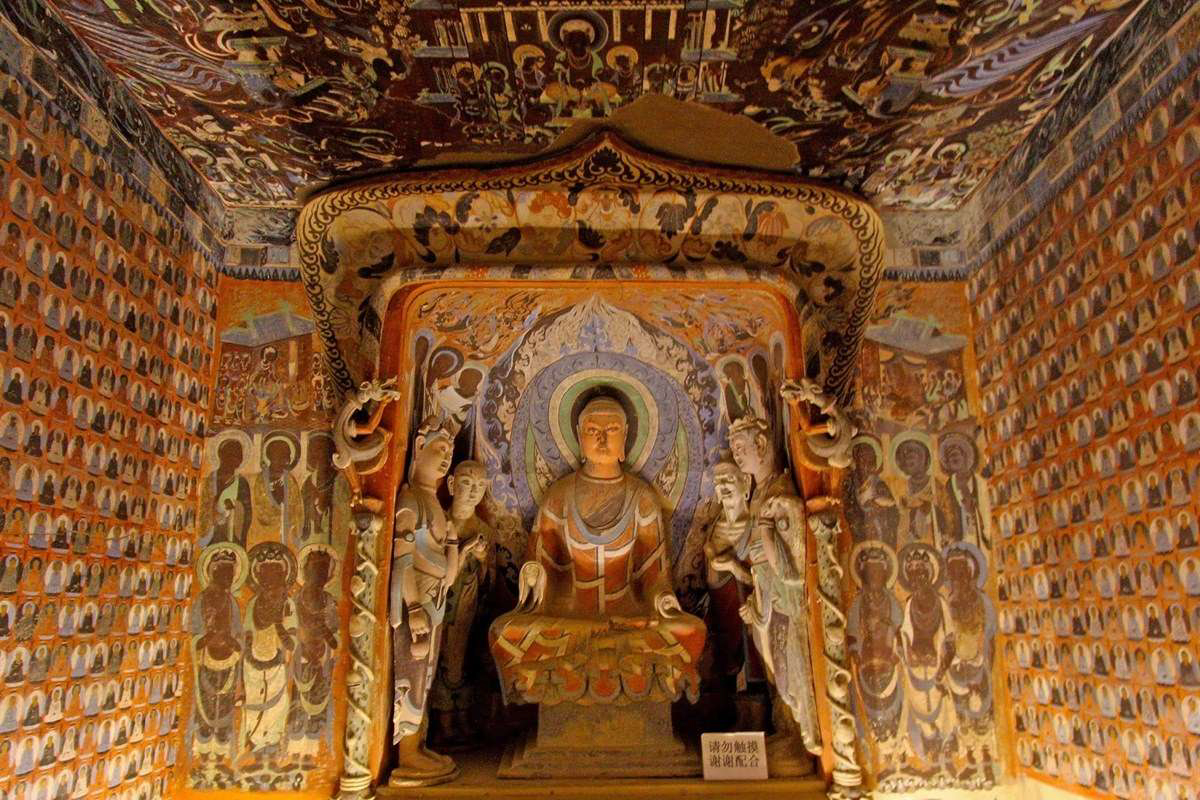
Sacred Caves of Mogao
Near the edge of the Gobi Desert lies Dunhuang, home to the Mogao Caves. These temple-like grottoes were carved into cliffs by Buddhist monks over a thousand years ago. The site is adorned with murals, statues, and manuscripts that showcase the blend of cultural influences along the Silk Road.
Only a portion of the caves are open at a time to preserve the artwork inside. Visitor movement is timed and guided, keeping the environment controlled. For those tracing the spiritual history in western China, this site offers an unparalleled glimpse into artistic devotion preserved through meticulous conservation.
Conclusion
China’s sacred sites continue to hold meaning through their living traditions and preserved rituals. Many of these places lack clear English signage or readily available assistance. Having a China travel esim helps travelers move through unfamiliar regions without disrupting the environment. So next time you’re in China, don’t just visit landmarks—experience the sacred heart of the country through its temples.

